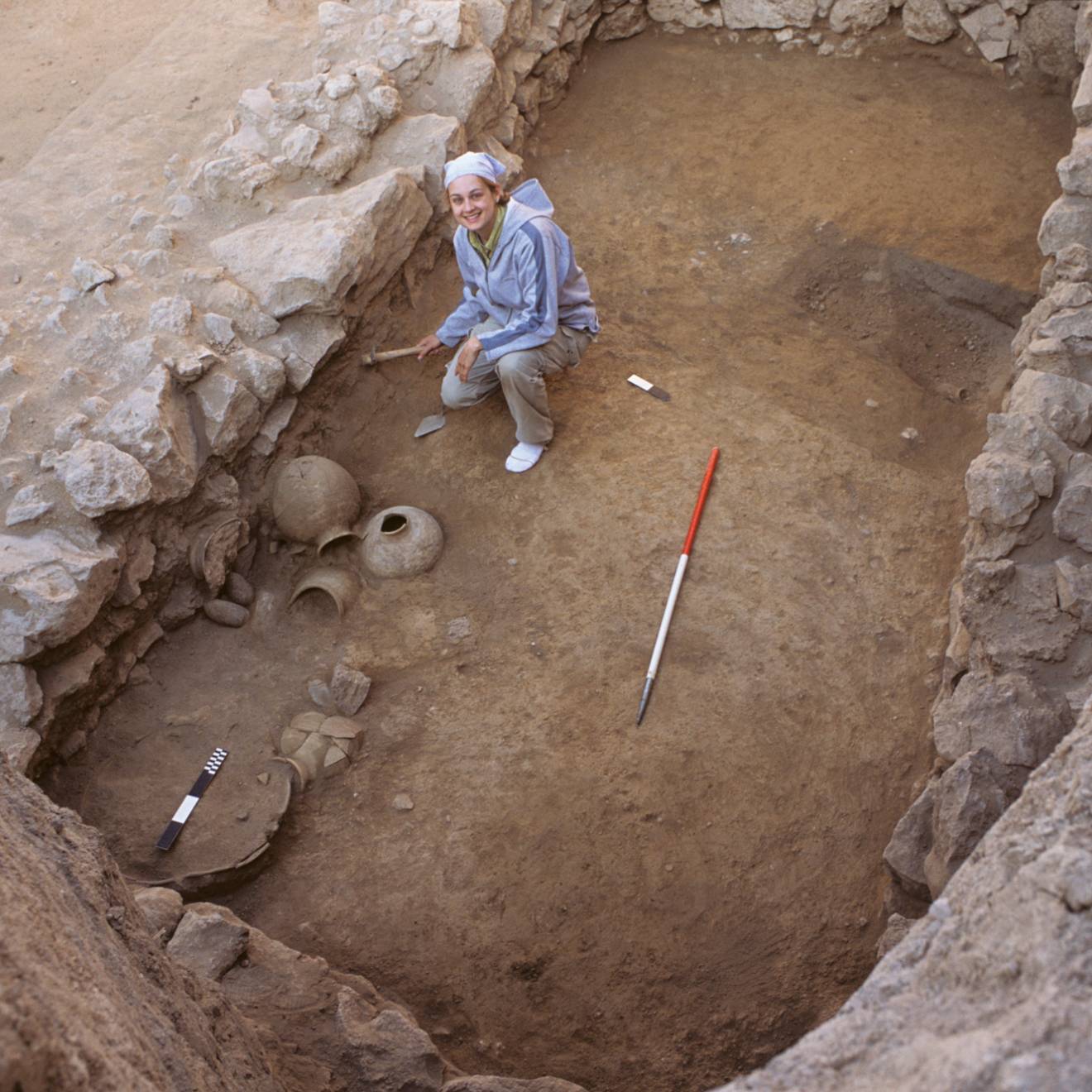Kathleen Maclay, UC Berkeley
BERKELEY — As the repository for many collections that tell important stories about the American West and Mexico, UC Berkeley’s Bancroft Library draws hundreds of researchers. Now, UC Berkeley is about to make it easier for these historical explorers to study its largest archive of California political history: that of the late Edmund G. “Pat” Brown, California’s 32nd governor.
A $164,000 grant from the National Historical Publications and Records Commission is financing work by Bancroft project archivist David Uhlich and assistants Natalie Bond and Josh Roselle to put the Brown materials in order. The large archive includes a whopping 1,030 cartons of documents, seven boxes of photos and five boxes of audio material donated to the campus in 1968. Previously, only small portions of the archive were catalogued, due to the collection’s massive size and scope.
By January 2015, the archive will open to scholars and other sleuths interested in the life and legacy of Brown, who also was the father of the state’s current governor, Edmund G. “Jerry” Brown Jr. It also will be of interest, to individuals interested in 20th-century American politics and global topics like the environmental movement, said Uhlich.
Ethan Rarick, author of the only biography about Brown, “California Rising: The Life and Times of Pat Brown” (2005) and director of UC Berkeley’s Robert T. Matsui Center for Politics and Public Service, said he examined close to 600 archive cartons long before the concerted cataloging began.
“The archive was enormously useful to me,” Rarick said. “But because it was barely catalogued, it took me about six years to write my book. I was in the Bancroft day after day, week after week, and month after month.”
Brown (1905–1996) led California through the early days of the environmental movement, development of the California Master Plan for Higher Education, construction of the California Water Project’s system of dams and canals that share water between arid and wet regions of the state, civil rights unrest, and efforts to increase state funding for social programs.
The archive shows that Brown’s political bent began at least as early as his days campaigning for the student council at Lowell High School in San Francisco. He went on to become the state attorney general, and in 1958 won his first term as governor by a landslide. Brown won reelection in 1962 against former U.S. Vice President Richard Nixon, a loss that Nixon followed up with a winning bid for the White House in 1968. Brown’s own political career wound down with his 1966 defeat to actor Ronald Reagan, who campaigned to “clean up the mess at Berkeley,” which was ground zero for protests about the Vietnam War and the Free Speech Movement.
Archivists are combing the Pat Brown archive in a quiet and temperature- and humidity-controlled facility in the nearby city of Richmond. Everything is coming under inspection, including the few Brown diaries from his later years, photos from his political campaigns, family albums, mountains of constituent letters, and government memos recording the deliberations for Brown’s positions and strategies on the emerging and persistent public issues of his time.
There also are some quirky items, such as a tongue-in-cheek letter to Brown from the late San Francisco Chronicle columnist Herb Caen, at least one key to a California city and Brown’s American Legion cap, that Uhlich — who also worked on the Bancroft archives of several other California politicians — isn’t yet sure how to catalog.
The archivists occasionally do special duty, such as vacuuming dusty mold from delicate, onion-skin papers in the boxes that can contain from 500 to 1,500 pages each, Uhlich said.
Bancroft pictorial archivist Lori Hines is lending a hand with the Brown photos, with subjects ranging from campaign stops to a staged shot of the San Bruno’s Capuchino High School Band serenading Brown in front of the no-longer-used governor’s mansion in Sacramento, and the oh-so-California image of Brown grinning next to the late Cuban music impresario Desi Arnaz in Palm Springs.

